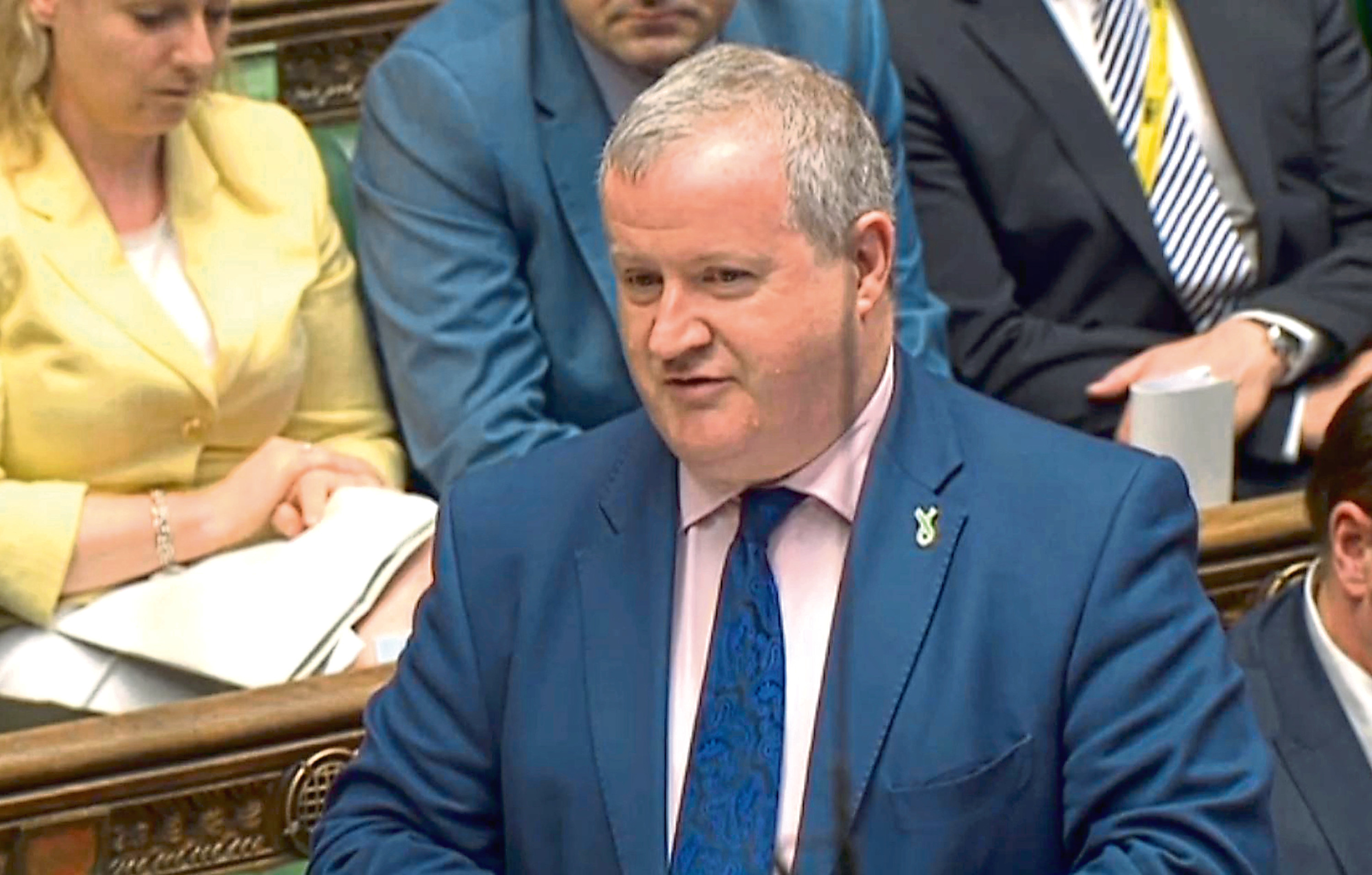IT is perhaps not surprising that a political party that desperately wants to take Britain back to the days of Empire building is so willing to ignore devolution which is just 19 years young.
But last week the UK Government’s contempt for Scotland was laid bare by the SNP when the party’s MPs walked out of the House of Commons in protest over the Scottish Parliament’s vote on Brexit being disregarded.
Since 1999, it has been clear that the Westminster Parliament will not normally legislate on devolved matters or change the devolution settlement without the consent of the Scottish Parliament. That constitutional convention – the Sewel Convention – has now been broken.
And regardless of whether you think the SNP acted childishly in walking out, the intended symbolism was obvious – this was the moment Westminster lost Scotland.
And if the UK Government is prepared to ignore the will of the Scottish Parliament over something as vital as Brexit and the transfer of powers, then why should Scots trust it at all?
Theresa May’s party took us into a referendum that Scotland didn’t want and is now leading us into a Brexit we voted against. And the SNP is right to stand its ground.
But what did the walkout achieve?
It summarised a dry and complicated constitutional argument in one simple image; it secured an emergency three-hour debate on the Sewel Convention, it boosted the SNP membership by a further 7,000 and counting, and the unfolding debacle prompted the newspaper editor who devised the Vow in 2014 to turn Yes four years later. Not bad for a few minutes’ work.
Scotland did vote in 2014 to remain part of the UK but it did not vote for its parliament to be stripped of powers, for its MSPs to have their view ignored and for parliamentary conventions to be rewritten.
David Mundell must be the first Secretary of State for Scotland in the history of devolution to actually seek to lessen the ability of the people of Scotland to govern their own affairs. It’s like putting someone in charge of fishing and they then drain the seas.
Of course, there will be some that argue that the SNP will pull any stunt to further their cause of independence but the greatest danger to the Union right now comes from the Unionists.
It isn’t just that this is a weak, unstable government. It is a government which cannot relate to Scots and doesn’t seem to care.
Boris Johnson, Jacob Rees-Mogg and even the Scots like Michael Gove or Liam Fox don’t seem to and, day by dispiriting day, that arrogance is fuelling a simmering resentment over where they are taking our country and how.
The SNP leader at Westminster, Ian Blackford, is an unlikely looking rebel, more Captain Mainwaring than Che Guevera, but in one stroke, he has taken his party back to where it must be in these uncertain times and that is challenging the sovereignty of Westminster and speaking up for Scotland.

Enjoy the convenience of having The Sunday Post delivered as a digital ePaper straight to your smartphone, tablet or computer.
Subscribe for only £5.49 a month and enjoy all the benefits of the printed paper as a digital replica.
Subscribe
